Stellar Rats enjoy a mix of foods based loosely on the shunamite diet.
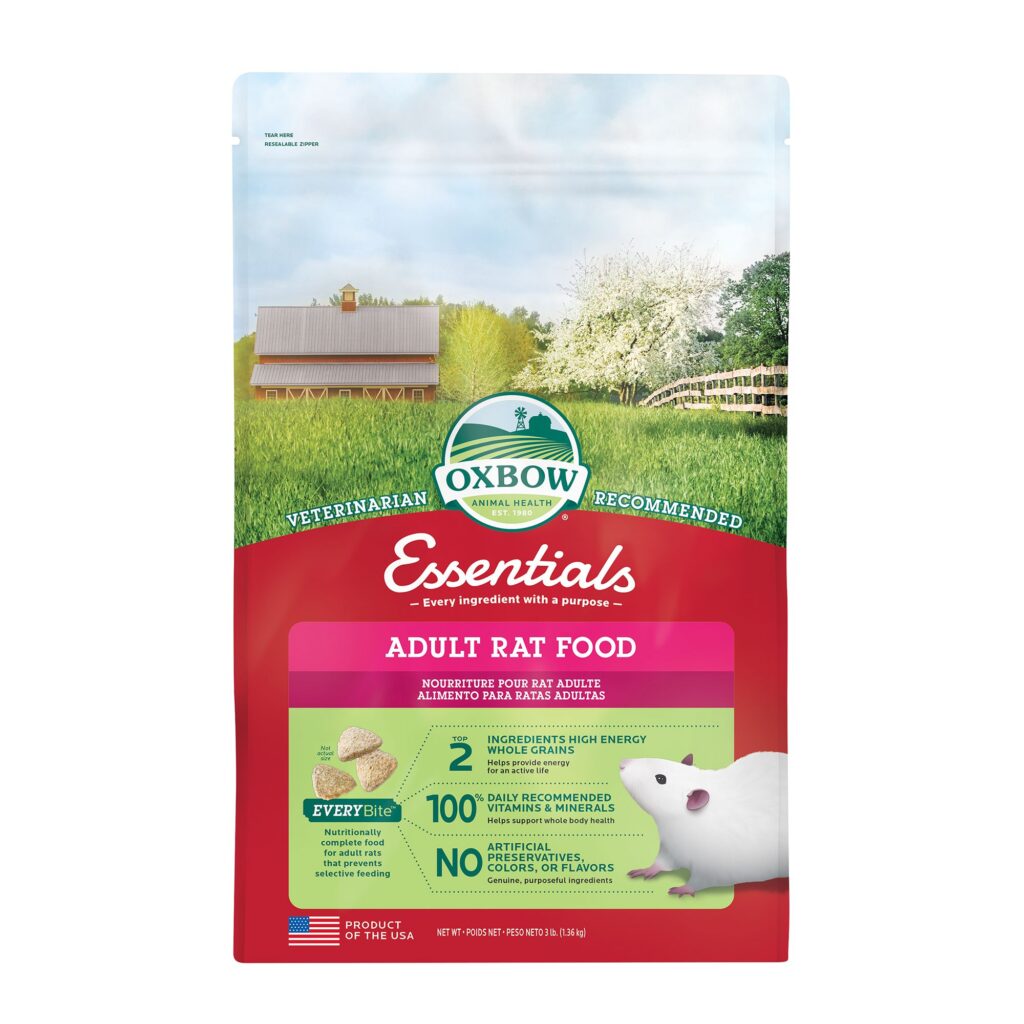
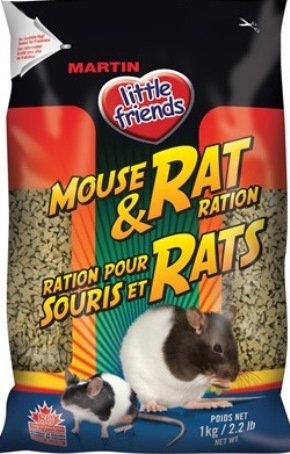
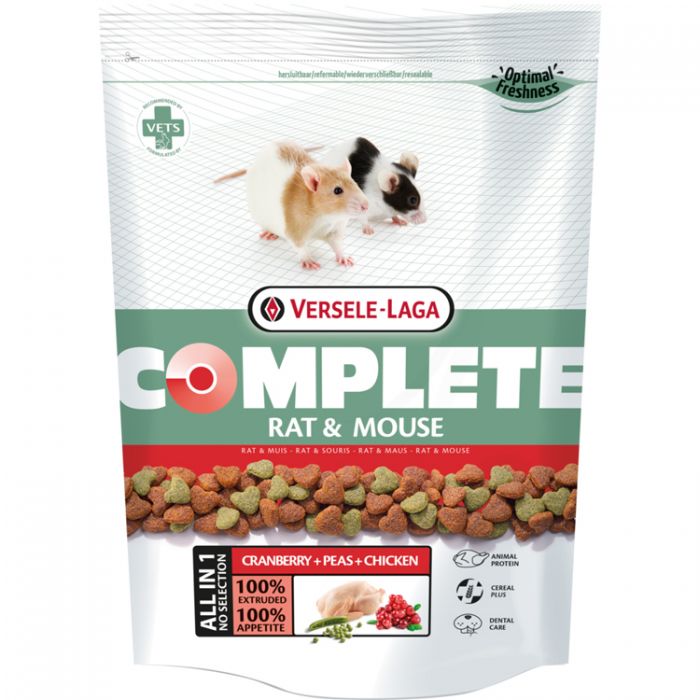
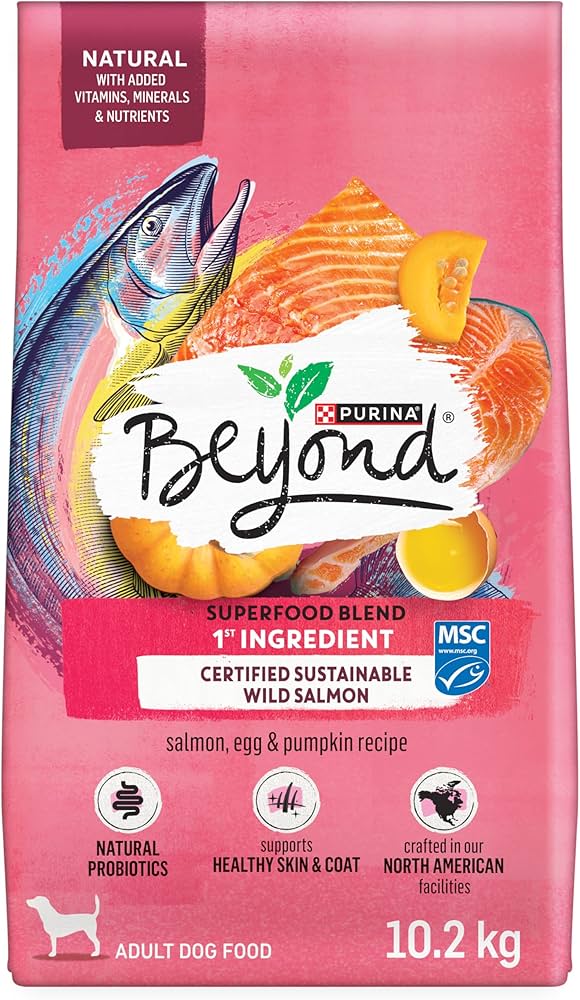
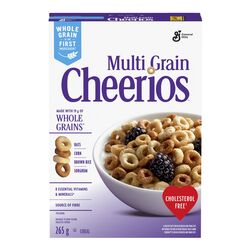
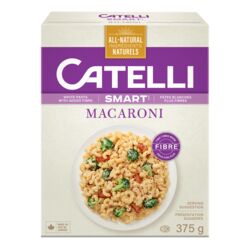
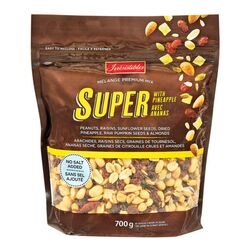
Make your own mix. This sounds scarier than it is, it can actually be quite a lot of fun. There are some general guidelines to work in, which make sure that the overall mix is nutritionally balanced. Below is a general guide, based off the Shunamite Diet. This is given in percentages by volume, in reality it’s easy to convert into number of scoops (e.g. say 10% is equal to one scoop).
Seeds (5%) – These add valuable Omege 3 and 6 oils, and are usually very popular with the rats. A good mix of healthy seeds is very useful, hemp, linseed and pumpkin seeds are a useful starting point, with a nice varied parrot seed mix or even human mixes bought from supermarkets being easily available. Don’t be afraid of offering some tiny seeds too (though work up to them) as a determined rat can normally locate even a tiny grass seed when scatter fed. It can be tempting to drop this section down if your rats look overweight, thinking it is caused by too much fat in the mix, but it’s better to drop the overall amount of food down, as it can lead to a really dry coat and skin, rats do need fat in their diet, and generally it is excess calories rather than fat that causes obesity in rats (unless they receive a very high fat diet).
Base mix (50-60%) – This can either be a commercially available mix (rat or rabbit etc.) or a mixture of minimally processed grains (often called straights giving you a straights based mix) that you mix up yourself, or buy ready mixed (so far only rat rations that I am aware of have ready mixed based mixtures). Using a commercial mix means you don’t have to add a supplement, but does limit you in terms of mix flexibility and ingredient quality. Using a straights base mix or mixing your own means that some supplementation will be necessary (useually vitamin d, calcium and copper), please see the later for more information.
Processed Grains (20-25%) – This section is made up of grains that are more processed, so easier to digest. These are nice and easy to find, using human breakfast cereals that are low sugar (aim for less than 5% if possible, value stuff is generally the best). If you aim to get at least 3 different grains, minimising wheat and oats when they get older it will be great. Some ideas I use are; mini wheat pillows, rice pops, value cornflakes, broken up egg noodles, assorted pasta shapes (I like spelt and other interesting grain pasta’s), broken up ryvita, broken up rice crackers (plain), rice flakes (Indian section), wholegrain rice, pearl barley etc.
Protein elements (5-10%) – if you’re using a rat muesli, or a base that already has protein added then you don’t need to add this section, as your rats age they will need less too. There are many options for protein sources; the easiest is going for a good quality dog kibble (fish ones are the least farmed and kindest on the kidneys so usually preferable). You can also use more natural ingredients, to try and mimic what our rats have evolved to eat, such as dried insects, fish and shrimps (shrimps are the best nutritionally, as there low in fat and high in protein and copper). There’s also using egg biscuits or dried protein, and there are vegetarian options like pulses (lentils, peas, roasted soya beans, soya protein etc). In an ideal world a mixture minimises any weaknesses and offers your rats lots of exciting variety.
Herbs and veg (5-10%) – this is the section you can change each time if desired and is generally the most flexible. It helps add in vitamins and minerals as well as flavour and variety. You can get dried veg from rat rations, supermarkets (sold for soups) and online. Herbs wise your best going for those herb mixes sold for Rabbits, rather than human herbs (as they’re often chopped up too small), but there are some great mixes sold as natural treats for various animals. There are also many herbs with possible health benefits, and though these should be used carefully they can help support a rat alongside veterinary medication.
Source: http://www.isamurats.co.uk/options-for-dry-mixes.html
